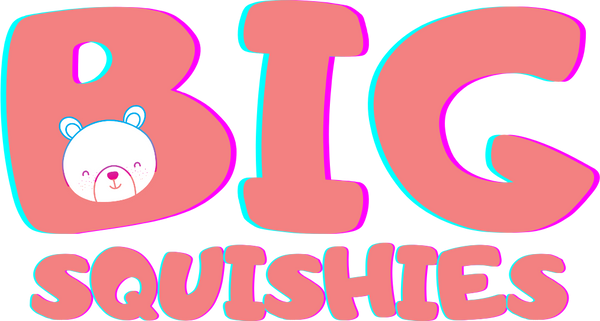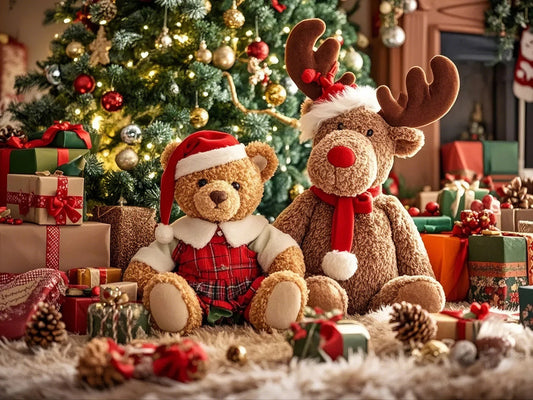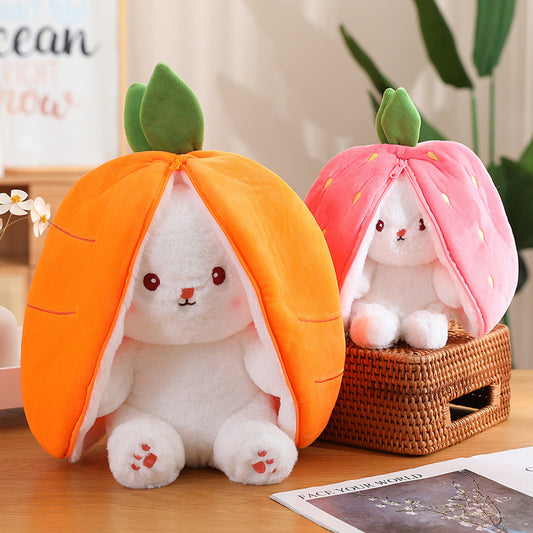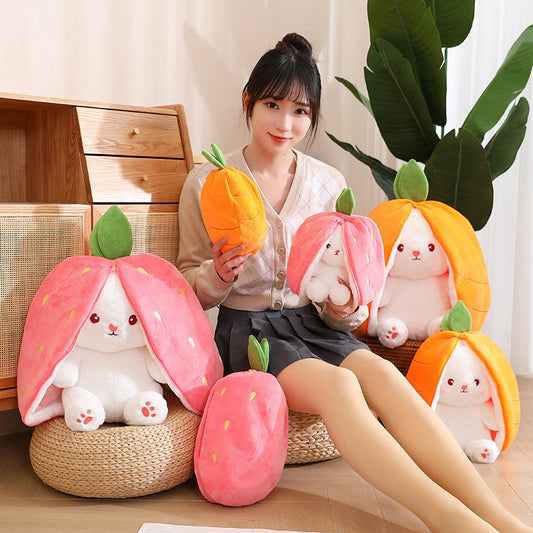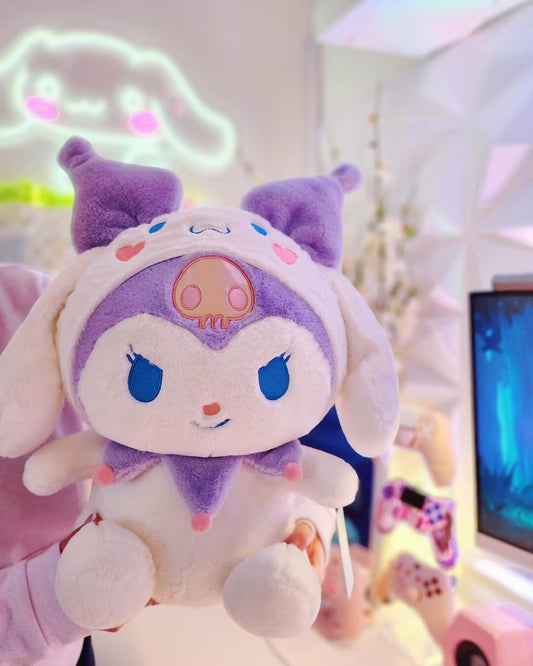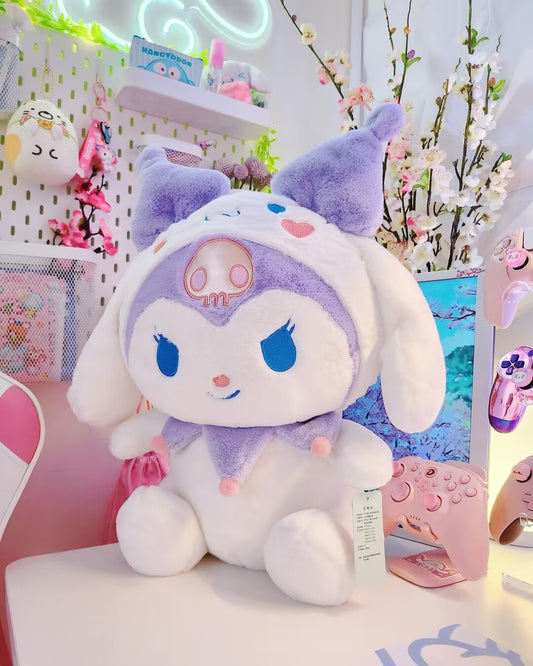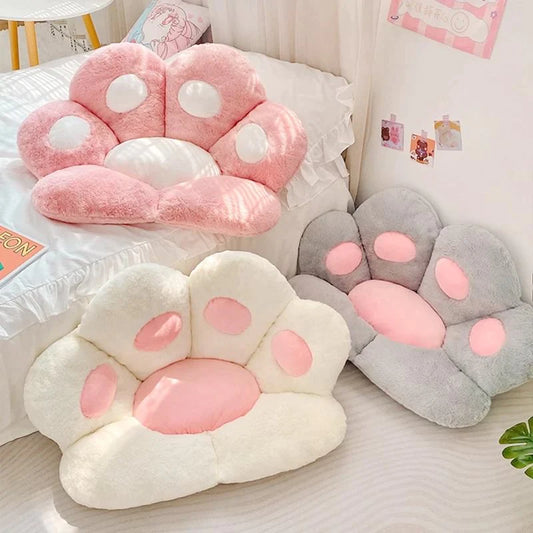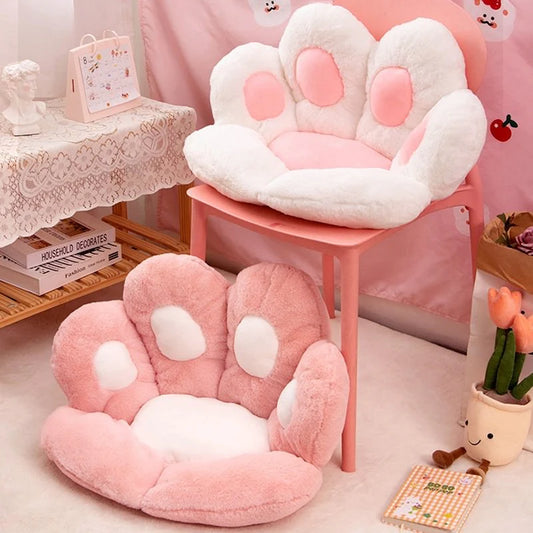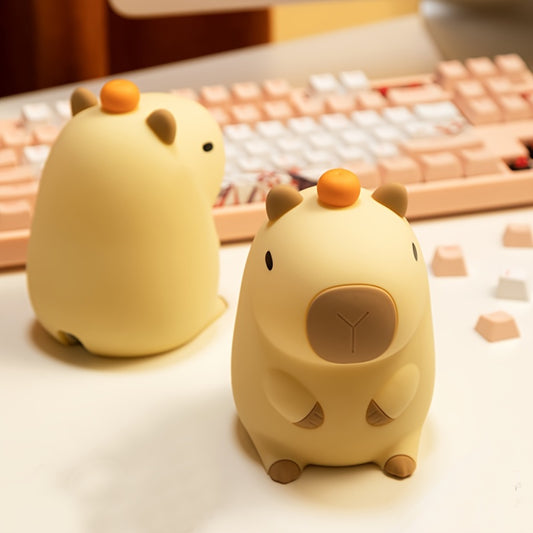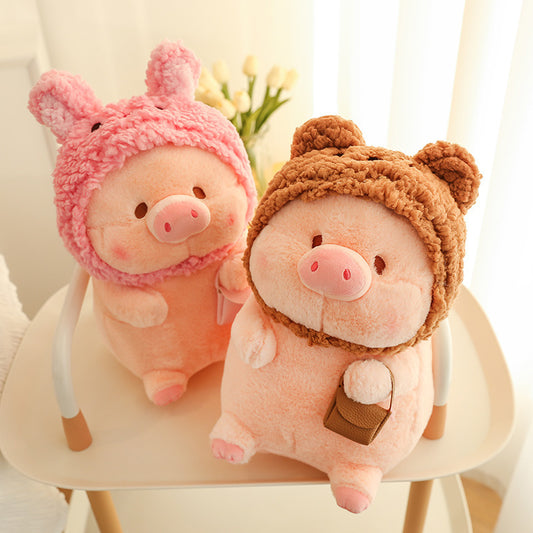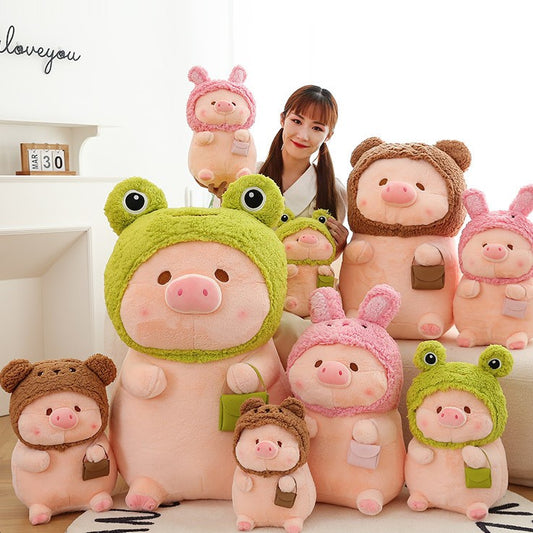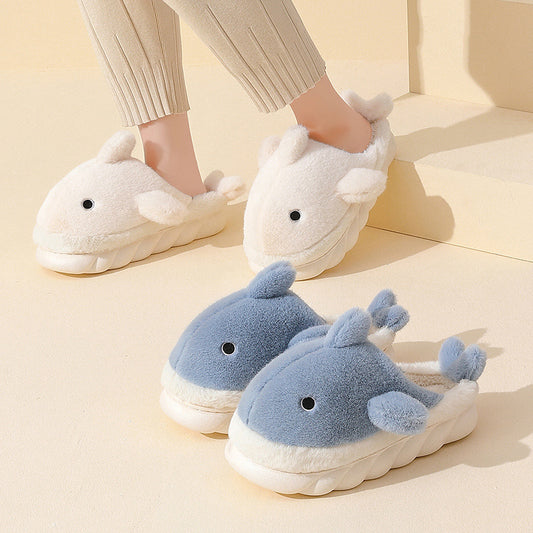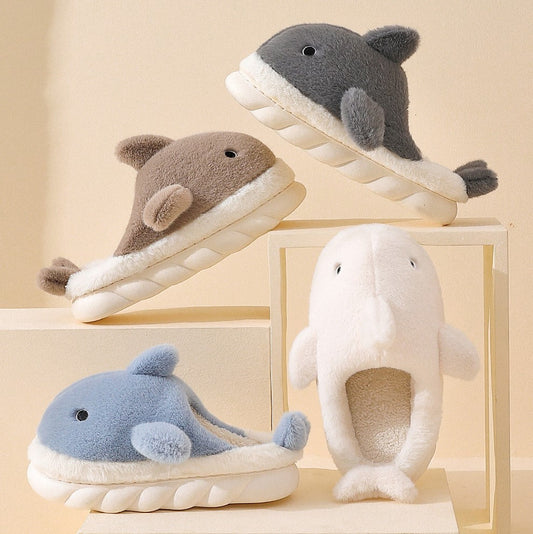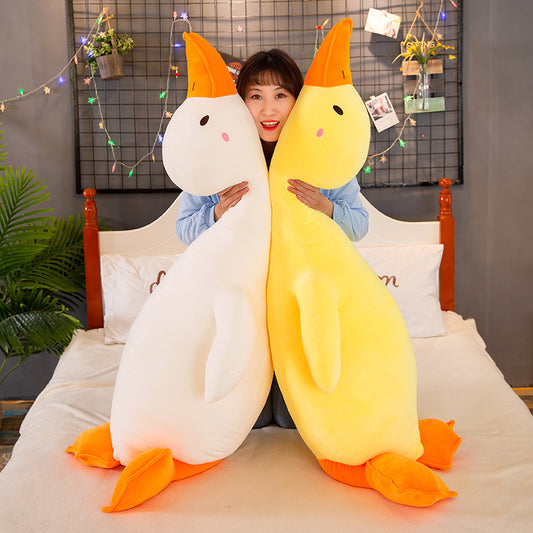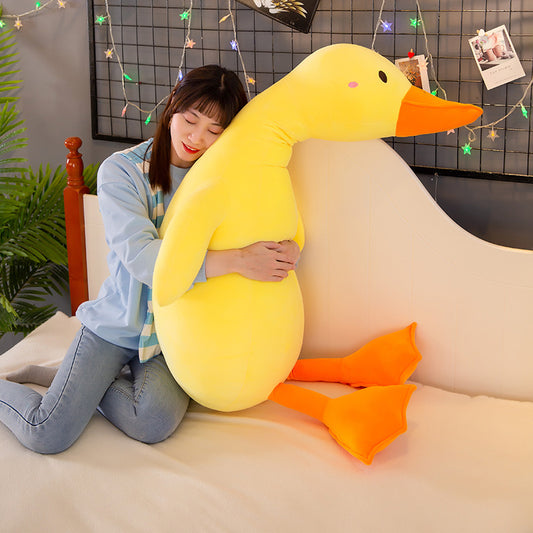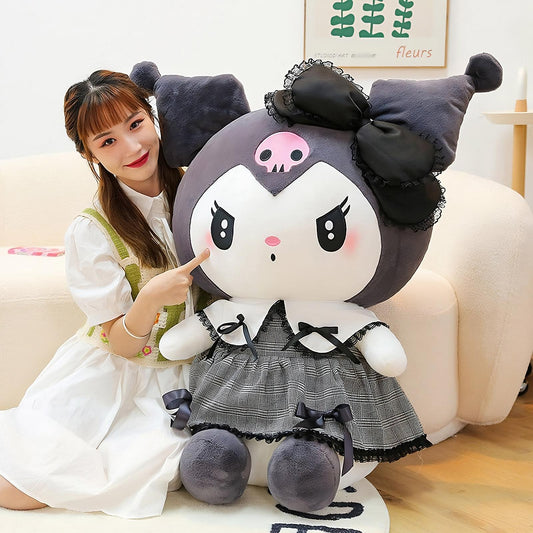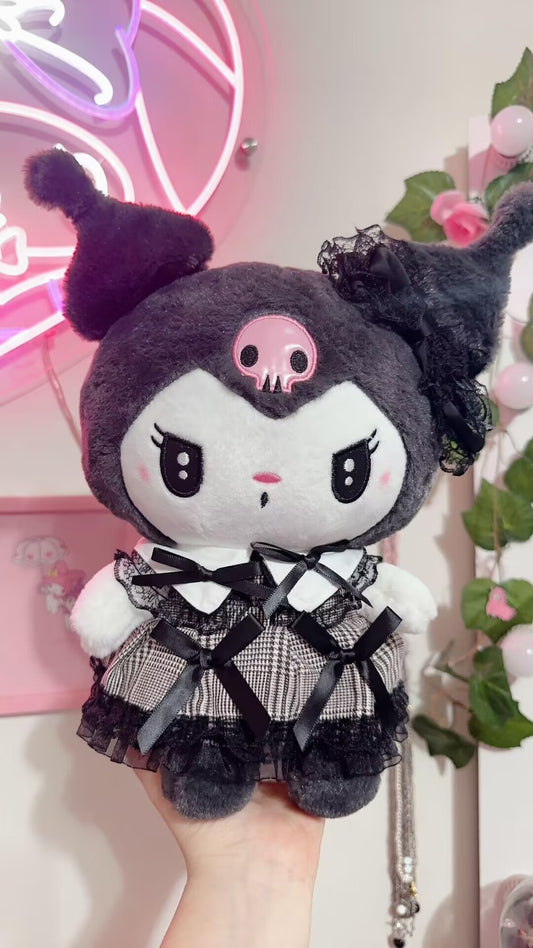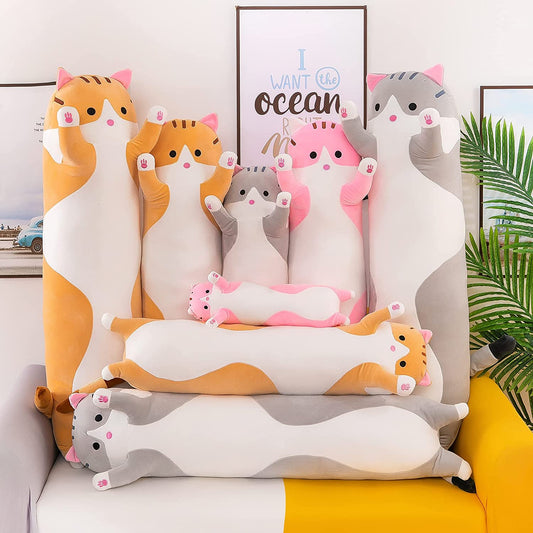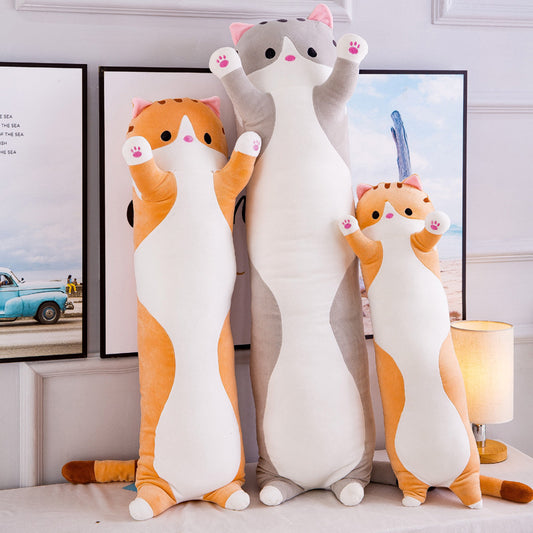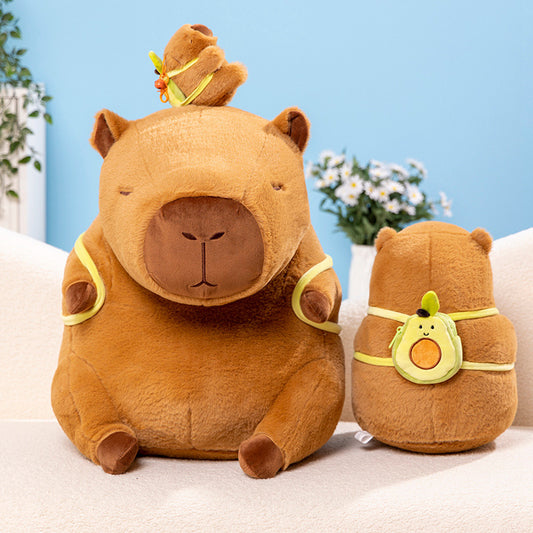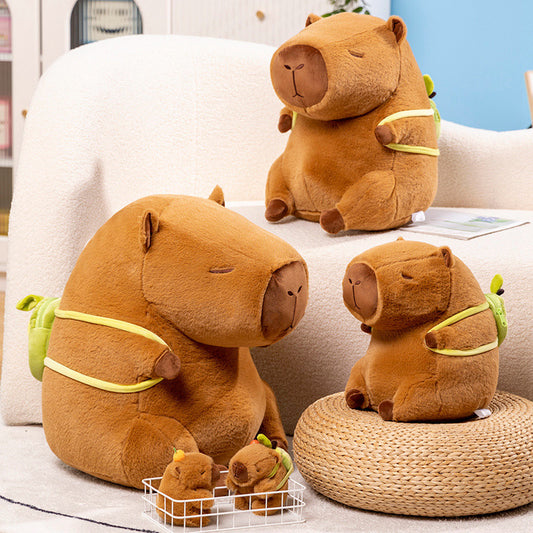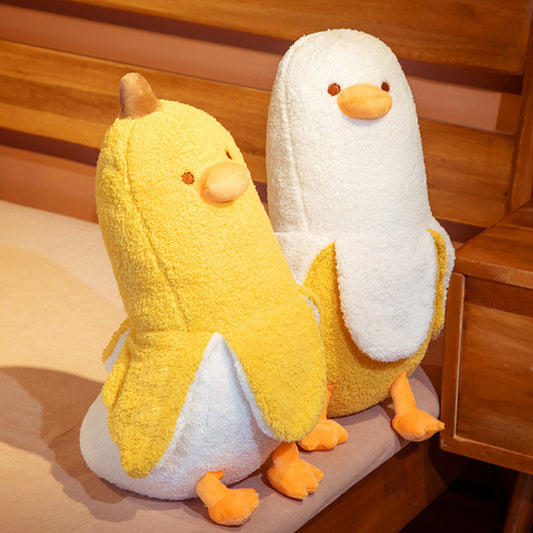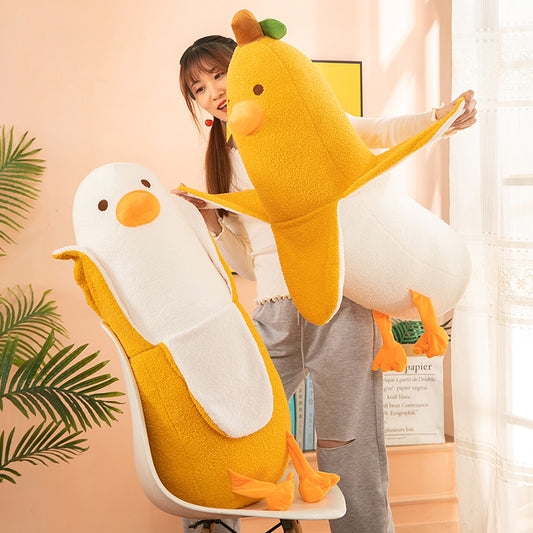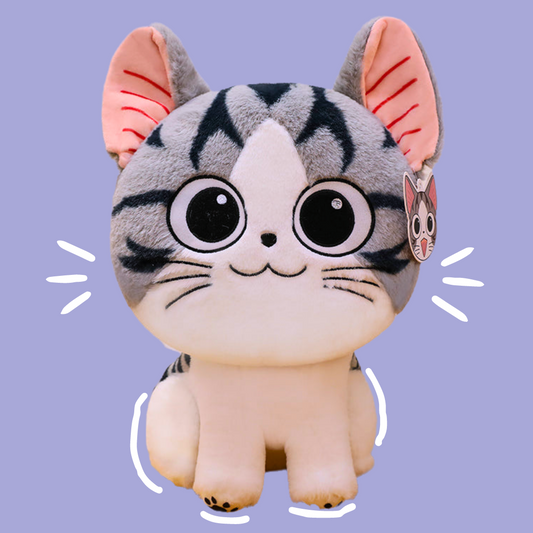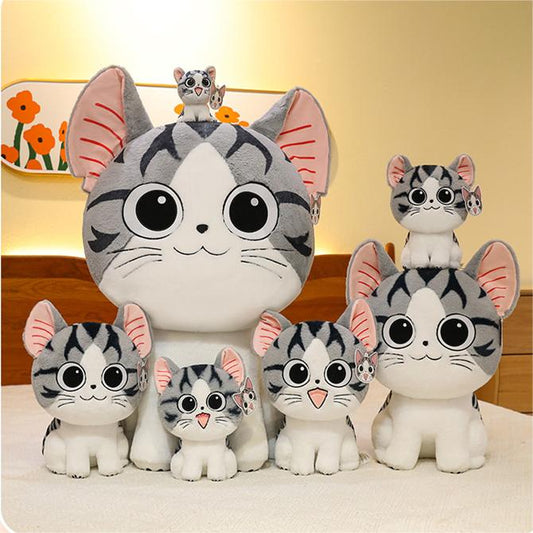
Plush Toy Safety: What Parents Should Know
Share
Plush toys have been a beloved part of childhood for generations, offering comfort, companionship, and endless hours of imaginative play. However, as parents, ensuring the safety of our little ones is our utmost priority. Plush toys, though seemingly harmless, can pose certain risks if not carefully selected and handled. In this blog article, we will explore essential safety considerations that parents should be aware of to keep their children safe while enjoying their favorite plush companions.
Age-appropriate Toys
When choosing plush toys for your child, always pay attention to the recommended age on the packaging. These labels are there for a reason, as toys designed for older children may have small parts that could pose a choking hazard to younger kids. Supervise playtime to ensure that younger children do not have access to toys meant for older siblings.
Quality and Manufacturing Standards
Always opt for plush toys from reputable manufacturers who adhere to strict quality and safety standards. Look for toys that are labeled as being compliant with safety regulations, such as those provided by organizations like the Consumer Product Safety Commission (CPSC) or European Union's CE mark.
Securely Attached Components
Inspect the plush toy carefully before purchase to ensure that all components, such as eyes, noses, buttons, or ribbons, are securely attached. Loose parts could easily come off during rough play or if a child tries to chew on them, potentially becoming choking hazards.
Non-Toxic Materials
Ensure that the plush toy is made from non-toxic materials and does not contain harmful chemicals. Avoid toys with strong chemical odors, as they may indicate the presence of potentially harmful substances. If in doubt, contact the manufacturer for information about the materials used.
Washability and Hygiene
Plush toys can accumulate dirt, dust, and bacteria over time, especially considering how often children carry them around and cuddle with them. Look for toys that are machine-washable or easy to clean. Regularly washing plush toys can help maintain a hygienic environment for your child.
Avoiding Long Furry or Fibrous Materials
Plush toys with long fur or fibers can pose a risk of strangulation or ingestion, particularly for younger children. Opt for shorter-fibered plush toys that are less likely to shed and cause such hazards.
Regular Inspections
Inspect your child's plush toys regularly for any signs of wear and tear. Check for loose stitching, damaged seams, or any other potential hazards. If you notice any issues, repair or replace the toy immediately.
Proper Storage
Encourage your child to store their plush toys properly when not in use. Keeping them in a dedicated toy box or on a shelf can prevent damage and reduce the risk of tripping or stepping on them.
Supervised Play
Always supervise your child during playtime, especially when plush toys are involved. This will help prevent accidents and injuries and ensure a safe and enjoyable play experience.
Conclusion
Plush toys are wonderful companions for children, providing comfort and joy during their formative years. By following these safety guidelines, parents can rest assured that their little ones can enjoy their plush toys while staying safe and protected. Remember to choose age-appropriate toys, inspect for quality and securely attached components, opt for non-toxic materials, and maintain cleanliness through regular washing. By prioritizing plush toy safety, parents can create a worry-free environment for their children's imaginative play and cherished memories.
Age-appropriate Toys
When choosing plush toys for your child, always pay attention to the recommended age on the packaging. These labels are there for a reason, as toys designed for older children may have small parts that could pose a choking hazard to younger kids. Supervise playtime to ensure that younger children do not have access to toys meant for older siblings.
Quality and Manufacturing Standards
Always opt for plush toys from reputable manufacturers who adhere to strict quality and safety standards. Look for toys that are labeled as being compliant with safety regulations, such as those provided by organizations like the Consumer Product Safety Commission (CPSC) or European Union's CE mark.
Securely Attached Components
Inspect the plush toy carefully before purchase to ensure that all components, such as eyes, noses, buttons, or ribbons, are securely attached. Loose parts could easily come off during rough play or if a child tries to chew on them, potentially becoming choking hazards.
Non-Toxic Materials
Ensure that the plush toy is made from non-toxic materials and does not contain harmful chemicals. Avoid toys with strong chemical odors, as they may indicate the presence of potentially harmful substances. If in doubt, contact the manufacturer for information about the materials used.
Washability and Hygiene
Plush toys can accumulate dirt, dust, and bacteria over time, especially considering how often children carry them around and cuddle with them. Look for toys that are machine-washable or easy to clean. Regularly washing plush toys can help maintain a hygienic environment for your child.
Avoiding Long Furry or Fibrous Materials
Plush toys with long fur or fibers can pose a risk of strangulation or ingestion, particularly for younger children. Opt for shorter-fibered plush toys that are less likely to shed and cause such hazards.
Regular Inspections
Inspect your child's plush toys regularly for any signs of wear and tear. Check for loose stitching, damaged seams, or any other potential hazards. If you notice any issues, repair or replace the toy immediately.
Proper Storage
Encourage your child to store their plush toys properly when not in use. Keeping them in a dedicated toy box or on a shelf can prevent damage and reduce the risk of tripping or stepping on them.
Supervised Play
Always supervise your child during playtime, especially when plush toys are involved. This will help prevent accidents and injuries and ensure a safe and enjoyable play experience.
Conclusion
Plush toys are wonderful companions for children, providing comfort and joy during their formative years. By following these safety guidelines, parents can rest assured that their little ones can enjoy their plush toys while staying safe and protected. Remember to choose age-appropriate toys, inspect for quality and securely attached components, opt for non-toxic materials, and maintain cleanliness through regular washing. By prioritizing plush toy safety, parents can create a worry-free environment for their children's imaginative play and cherished memories.
